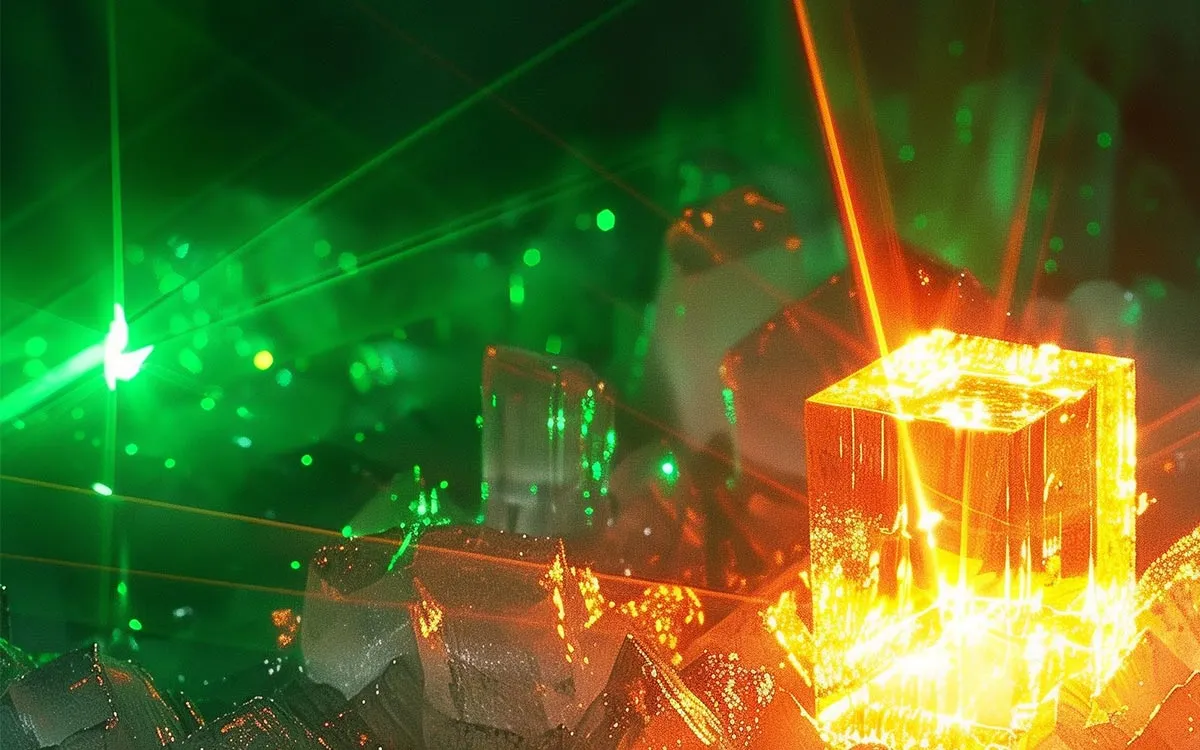
Physicists at Washington University have made significant strides in the field of quantum mechanics by developing a new phase of matter known as “time crystals” and their advanced counterparts, “time quasicrystals.” These innovative materials challenge traditional concepts of physics by exhibiting perpetual motion, and they hold the potential to transform quantum computing as well as enhance precision in timekeeping. This breakthrough could lead to a stable and energy-efficient method of measuring time and storing quantum information.
The research team at Washington University in St. Louis, led by Kater Murch, the Charles M. Hohenberg Professor of Physics, and assistant professor Chong Zu, has successfully fabricated a new kind of time crystal. This unique phase of matter defies conventional understandings of motion and time. The team also includes graduate students Guanghui He, Ruotian “Reginald” Gong, Changyu Yao, and Zhongyuan Liu, along with collaborators Bingtian Ye from the Massachusetts Institute of Technology and Norman Yao from Harvard University. Their findings were published on March 12 in Physical Review X, a leading journal in the field of physics.
In an exclusive discussion with The Ampersand, the researchers shared insights into their groundbreaking work and its implications for the future of quantum science.
To comprehend a time crystal, it is helpful to draw parallels with familiar crystals such as diamonds or quartz. These minerals derive their beauty and structure from highly organized atomic arrangements. For instance, the carbon atoms in diamonds form consistent and predictable patterns. Similarly, the particles in a time crystal exhibit repetitive patterns over time, vibrating or “ticking” at constant frequencies, thus crystallizing in four dimensions—three spatial dimensions plus the dimension of time, as explained by Zu.
Time crystals are akin to a clock that never requires winding or batteries, with the potential to operate indefinitely, as noted by Zu. However, these time crystals are delicate and sensitive to environmental influences. “We were able to observe hundreds of cycles in our crystals before they broke down, which is impressive,” he added. The first instance of a time crystal was developed at the University of Maryland in 2016, and the WashU team has taken this concept a step further by creating a time quasicrystal, marking it as “an entirely new phase of matter,” according to Zu.
In the realm of materials science, quasicrystals are a recently discovered class of substances characterized by highly organized atomic structures that do not follow repetitive patterns in every dimension. In a similar vein, the dimensions of time quasicrystals vibrate at varying frequencies, as explained by Guanghui He, the lead author of the research paper. The resulting rhythms are precise and organized, resembling a chord rather than a singular note. “We believe we are the first group to create a true time quasicrystal,” He stated.
The research team synthesized their quasicrystals within a small, millimeter-sized diamond. They bombarded the diamond with nitrogen beams strong enough to eject carbon atoms, creating atom-sized vacancies. Electrons then occupy these spaces, engaging in quantum-level interactions with neighboring particles. The time quasicrystals comprise over a million of these vacancies, with each quasicrystal measuring approximately one micrometer (one-thousandth of a millimeter) across, making them invisible to the naked eye. Ye explained, “We used microwave pulses to initiate the rhythms in the time quasicrystals. The microwaves facilitate order in time.”
The existence of time crystals and quasicrystals not only validates fundamental theories of quantum mechanics but also opens the door for practical applications. Due to their sensitivity to quantum forces like magnetism, time crystals could be utilized as long-lasting quantum sensors that require no recharging. Additionally, they offer a novel approach to precision timekeeping; unlike traditional quartz crystal oscillators which tend to drift and need calibration, a time crystal could retain a stable tick with minimal energy loss.
Furthermore, a time quasicrystal sensor could potentially measure multiple frequencies simultaneously, providing a comprehensive insight into the lifespan of a quantum material. However, researchers still need to develop methods to accurately read and track these signals. While they currently cannot precisely measure time with a time crystal, they are able to make it tick. Given that time crystals theoretically could tick indefinitely without energy loss, there is considerable interest in harnessing their capabilities for quantum computers. “They could store quantum memory over extended periods, essentially functioning like a quantum analog of RAM,” Zu noted. “We’re still far from achieving this technology, but creating a time quasicrystal is an essential first step.”